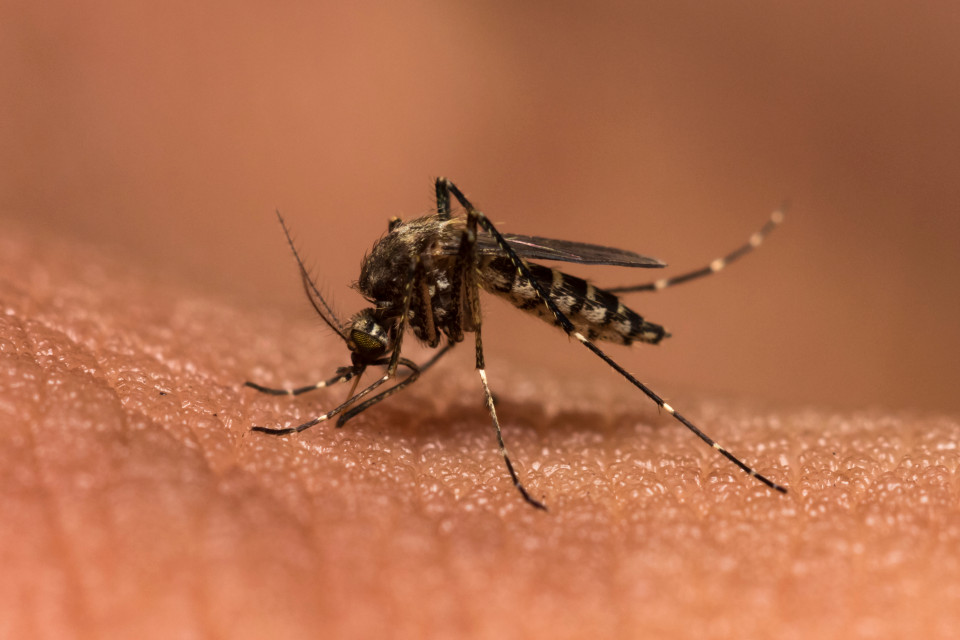Global response to malaria at crossroads: World Malaria Report 2017
November 29, 2017 | Wednesday | News
Malaria deaths stood at around 445,000 which is a similar number to the previous year
World Malaria Report 2017 by World Health Organisation says that after unprecedented global success in malaria control, progress has stalled. There were an estimated 5 million more malaria cases in 2016 than in 2015.
Malaria deaths stood at around 445,000 which is a similar number to the previous year.
Dr Tedros Adhanom Ghebreyesus, Director-General of WHO said, “In recent years, we have made major gains in the fight against malaria. We are now at a turning point. Without urgent action, we risk going backwards, and missing the global malaria targets for 2020 and beyond.”
The WHO Global Technical Strategy for Malaria calls for reductions of at least 40% in malaria case incidence and mortality rates by the year 2020.
The report says that the world is not on track to reach these critical milestones.
A major problem is insufficient funding at both domestic and international levels, resulting in major gaps in coverage of insecticide-treated nets, medicines, and other life-saving tools.
The report also says that, “An estimated US$ 2.7 billion was invested in malaria control and elimination efforts globally in 2016. That is well below the US $6.5 billion annual investment required by 2020 to meet the 2030 targets of the WHO global malaria strategy.”
In 2016, governments of endemic countries provided US$ 800 million, representing 31% of total funding. The United States of America was the largest international funder of malaria control programmes in 2016, providing US$1 billion (38% of all malaria funding), followed by other major donors, including the United Kingdom of Great Britain and Northern Ireland, France, Germany and Japan.
The report shows that, in 2016, there were an estimated 216 million cases of malaria in 91 countries, up from 211 million cases in 2015. The estimated global tally of malaria deaths reached 445 000 in 2016 compared to 446 000 the previous year.
While the rate of new cases of malaria had fallen overall, since 2014 the trend has levelled off and even reversed in some regions. Malaria mortality rates followed a similar pattern.
The African Region continues to bear an estimated 90% of all malaria cases and deaths worldwide. Fifteen countries – all but one in sub-Saharan Africa – carry 80% of the global malaria burden.
“Clearly, if we are to get the global malaria response back on track, supporting the most heavily affected countries in the African Region must be the primary focus,” said Dr Tedros.
In most malaria-affected countries, sleeping under an insecticide-treated bednet (ITN) is the most common and most effective way to prevent infection. In 2016, an estimated 54% of people at risk of malaria in sub-Saharan Africa slept under an ITN compared to 30% in 2010. However, the rate of increase in ITN coverage has slowed since 2014, the report finds.
The African Region has seen a major increase in diagnostic testing in the public health sector: from 36% of suspected cases in 2010 to 87% in 2016. A majority of patients (70%) who sought treatment for malaria in the public health sector received artemisinin-based combination therapies (ACTs) – the most effective antimalarial medicines.
However, in many areas, access to the public health system remains low. National-level surveys in the African Region show that only about one third (34%) of children with a fever are taken to a medical provider in the public health sector.
The report also outlines additional challenges in the global malaria response, including the risks posed by conflict and crises in malaria endemic zones.
Commenting on the findings of this year’s report, Dr Pedro Alonso, Director of the Global Malaria Programme said, “We are at a crossroads in the response to malaria. We hope this report serves as a wake-up call for the global health community. Meeting the global malaria targets will only be possible through greater investment and expanded coverage of core tools that prevent, diagnose and treat malaria. Robust financing for the research and development of new tools is equally critical.”










